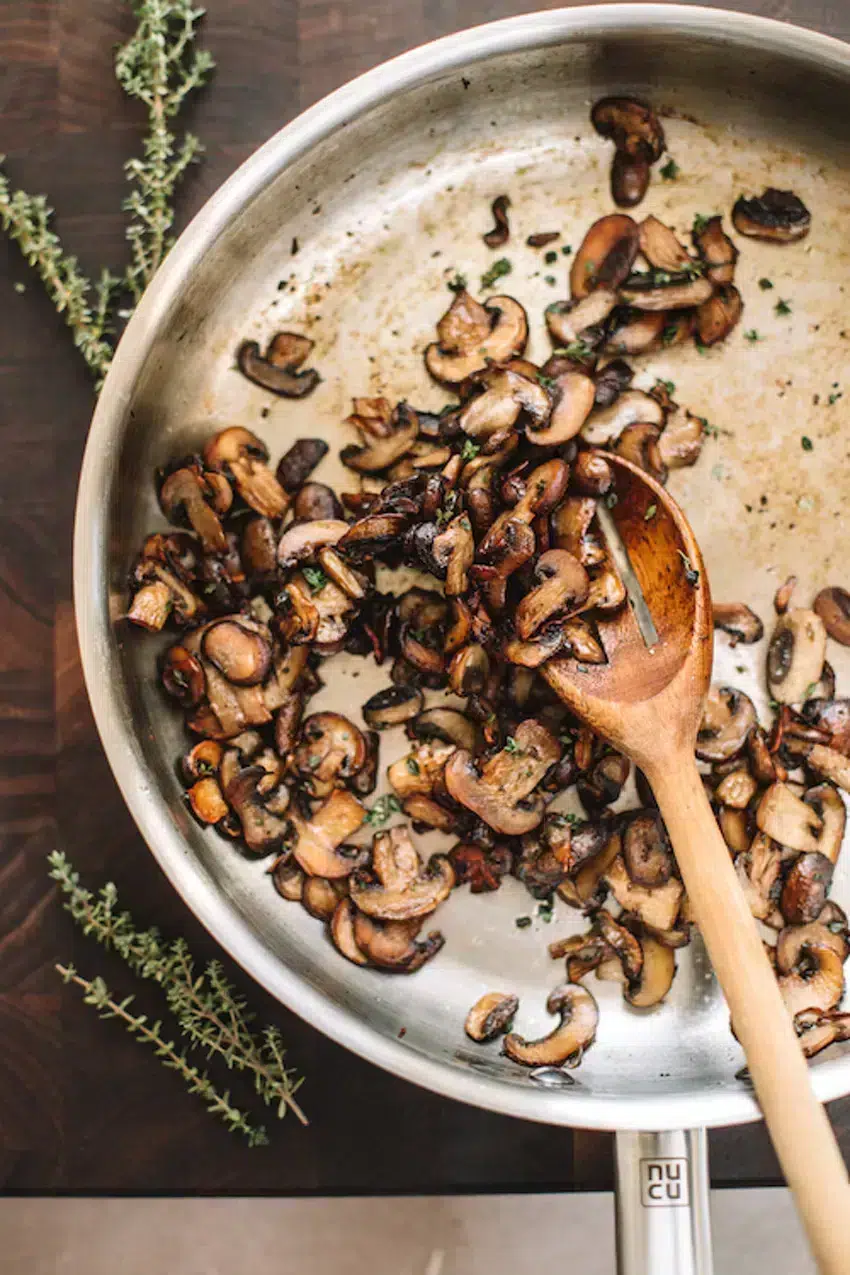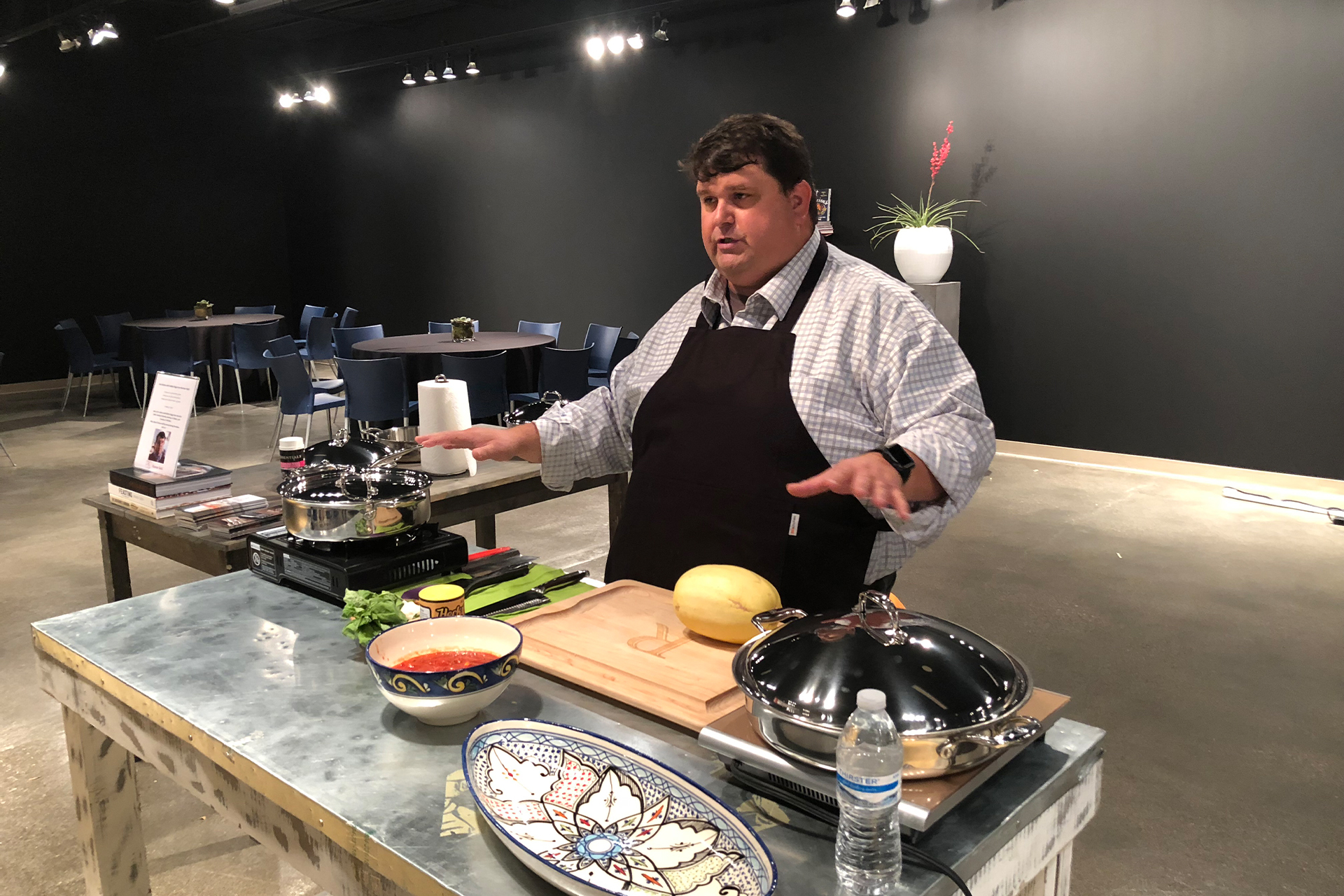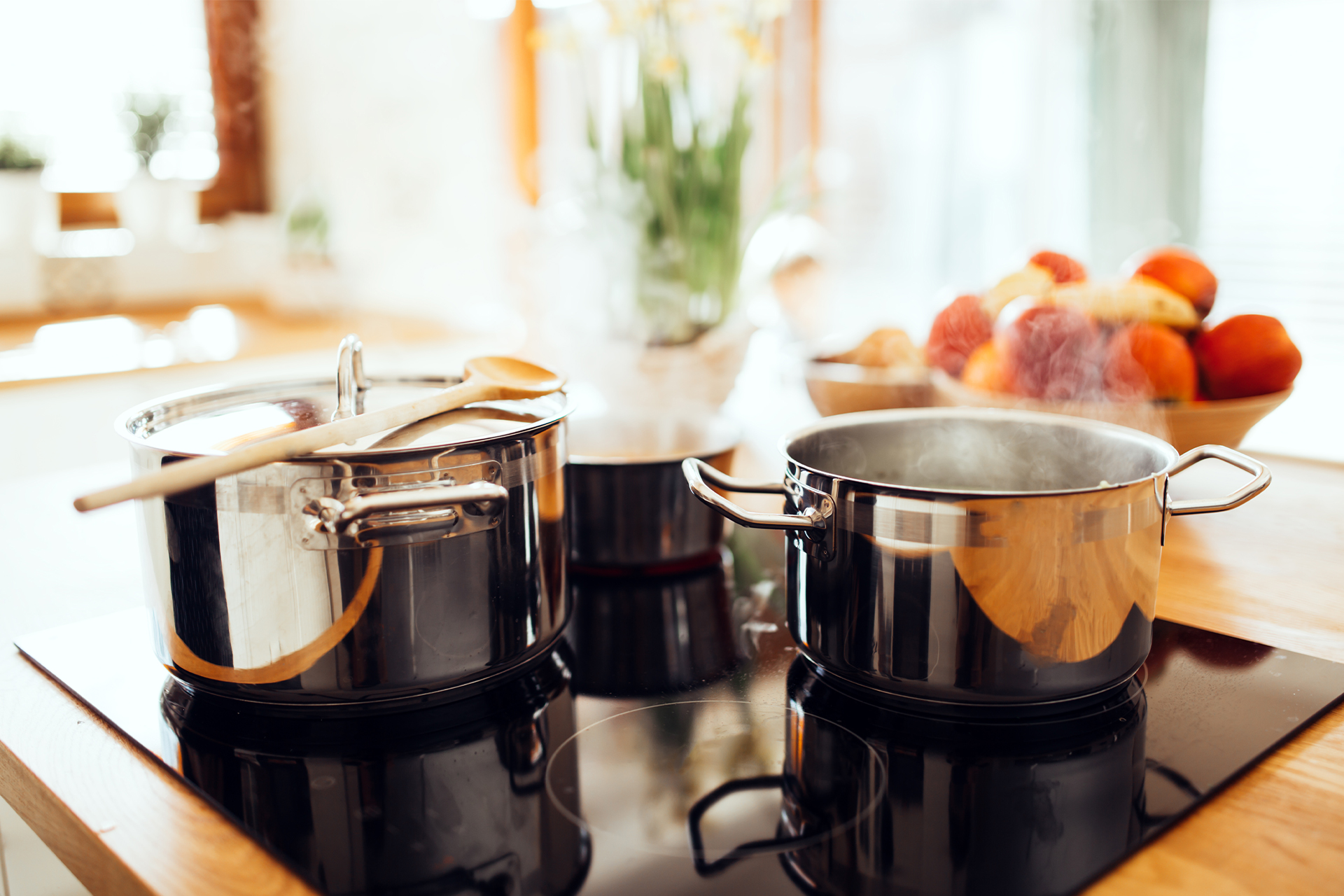Consumers forced to stay home during the early stages of the COVID-19 crisis were faced with the prospect of cooking more than many ever had. And with that, all eyes turned to their cookware.
“There have been shifts, and we have seen an increase in consumers buying specific, specialty pieces for what they are cooking and steering away from purchasing sets in one material,” said Fran Groesbeck, managing director, Cookware Manufacturers Association. “They are purchasing cookware in mixed materials — such as cast iron, porcelain on cast iron — to meet their specific needs.”
There have been shifts, and we have seen an increase in consumers buying specific, specialty pieces for what they are cooking and steering away from purchasing sets in one material. They are purchasing cookware in mixed materials — such as cast iron, porcelain on cast iron — to meet their specific needs.
-Fran Groesbeck, Managing Director, Cookware Manufacturers Association
The increase in cookware sales is not without challenges. Congested ports, shipping container shortages and related freight delays — all resulting in soaring costs— continue to disrupt the supply chain. This is leaving many retailers without inventory to keep up with consumer demand; and with the prospect of price increases on the goods, they can get.
Consumers, for their part, already conscious of choosing safe and healthy products, have become more vigilant about what they buy. This has pressured cookware manufacturers, for example, to be transparent about the safety of their cookware surfaces.
Industry observers agree an effective way to combat such challenges is to help consumers make more informed and more confident purchase decisions.
U.S. Manufacturing Takes The Spotlight
With the recent announcement that a major container terminal at China’s Ningbo Port will remain closed due to a rise in COVID-19 cases, some holiday merchandise bound for the U.S. is at a standstill as the holiday season looms.
This has further compounded an already clogged and costly import supply chain. The serious situation, with no immediate relief in sight, has again paved an opportunity for U.S.-made cookware. But even such domestically produced product is not entirely immune from the recent supply chain difficulties when you factor labor shortages on top of tighter availability and rising cost of some raw material.
“We have seen a significant increase in demand for U.S.-manufactured products, which is coming from both consumers and other vendors,” said Bobby Griggs, vice president of Heritage Steel, which makes high-end, stainless-steel cookware in Minnesota. “Consumers are still cooking at home, some who never had to before. They’re still finding holes in their collections and are looking to fill those holes — but with quality products. Demand for high-quality products is still driving sales.”
We have seen a significant increase in demand for U.S.-manufactured products, which is coming from both consumers and other vendors. Consumers are still cooking at home, some who never had to before. They’re still finding holes in their collections and are looking to fill those holes — but with quality products. Demand for high-quality products is still driving sales.
-Bobby Griggs, Vice President of Heritage Steel
When it comes to communicating with consumers about product availability, Griggs said transparency helps deliver a more genuine shopping experience.
“We have worked very hard to be open and communicative to our retail partners, in hopes that they can pass this along to the consumer as well,” Griggs said. “We have faced significant challenges with raw materials, labor shortages and other issues restricting our ability to meet inventory demands. However, we need to reassure the consumer that we will be on the other side to meet their needs as quickly as possible… without sacrificing quality.”
Jeremiah Siebert, retail account manager/private label cookware/bakeware for Vollrath, a Wisconsin-based stainless-steel manufacturer, agreed that cooperative transparency on the part of retailers and manufacturers is important.
“There’s always a certain level of transparency that is going to be hard, but we’ve had success by working together with our customers and keeping them well-informed,” Siebert said.

Vollrath’s Consumer Brand, Nucu
Vollrath has sent monthly communication to its retail customers, Siebert said, so they know exactly where inventory stands and if any issues have derailed efforts, such as lack of raw materials or container delays.
“It’s been a positive shift; our relationships are deeper than they were previously,” Siebert added. “It’s led us to forge a new type of relationship with buyers. We shifted to problem-solving together and working to mitigate any risks on both ends,” he said.
Griggs said being open and honest with retailers about any limitations helps them pivot, alter buying and stocking habits and manage their expectations and demands.
“We have to continue to be good partners to our customers, meaning our retailers, and being open with them about supply chain challenges is part of being a good partner, especially now,” he said.
Staying Well
Consumers shopping for cookware in stores or online are also arming themselves with more knowledge on health and safety benefits or potential detriments. Manufacturers, retailers and industry organizations face an opportunity, and an obligation by some accounts, to mitigate consumer concerns through education.
Griggs (pictured below) said one of the most frequent questions he receives about Heritage Steel cookware is how its steel reacts with food.
“Stainless steel can be intimidating even for seasoned cooks, so making sure the information we get out there to educate the consumer is extremely important,” Griggs said. “Customers don’t want to spend time making conscious, healthy choices in the foods they are eating only to have it sabotaged with their cookware – especially when it comes to flavor. If used correctly, stainless steel has non-stick properties anyway, as well as other bonuses – like a great sear, heat retention and the ability to go stovetop to oven.”

Bobby Griggs, Vice President of Heritage Steel
Much of recent consumer concerns about cookware safety stems from the ongoing debate and ever-evolving regulations about PFAS coatings use on non-stick cookware. This has raised the stakes when it comes to getting consumers the facts about such coatings.
PFAS (per- and polyfluoroalkyl substances) are man-made chemicals that have been used in the manufacturing of goods for decades, including non-stick cookware, stain-resistant fabrics and food packaging. Also referred to as “forever chemicals,” these substances have been known migrate into the environment during their use in the production of goods, which has prompted several studies on the effects of the chemicals on humans.
As consumers become more aware of the chemicals, their potential side effects and where they are found, they have become more vocal about their fears, prompting several states to enforce legislation to regulate products that may indeed contain PFAS.
Groesbeck of the CMA said California’s recent decision to require cookware manufacturers to label cookware that contain any toxic chemicals and publish those chemicals on their website. This decision stemmed from the state’s decision to ban PFAS coatings on paper, paperboard or plant-based paperboard food packaging and serveware, as traces of chemicals can be found in these cases because such goods are not heat-cured.
As consumers become more aware of the chemicals, their potential side effects and where they are found, they have become more vocal about their fears, prompting several states to enforce legislation to regulate products that may indeed contain PFAS.
Non-stick cookware utilizing PFAS coatings, on the other hand, are heat-cured during the manufacturing process, removing potentially toxic chemical traces from the coating.
Maine recently announced a ban that by 2030 will forbid the sale of products that use PFAS unless it is deemed unavoidable.
“So much of the drive behind the new legislation is based on consumer feedback and the panic about chemicals and if their cookware is safe,” Groesbeck said. “Unfortunately, without consumers understanding the full spectrum of what PFAS are and how they are used with different goods leads to confusion. The consumer is left thinking that the finished product is where the problem is, but when it comes to cookware, that is not the case. PFAS element in coatings is destroyed when it meets a heat source during the manufacturing process.”
The need for consumers to be informed about such information prompted the Cookware Manufacturers Association to launch Good Science, the new educational portal on the Cookware.org website. There, industry members, retailers and consumers can find relevant information to help explain issues, such as the science behind PFAS and current regulations from organizations such as the FDA and EPA.

Informing consumers about all facets of cookware production and use is a key to moving forward, especially as consumers become more curious, more vigilant and more demanding about their purchases, industry observers agree.
“I believe strongly that the consumer that once frequented higher-quality restaurants are replicating this experience on a more consistent basis at home, and just as they demanded an exceptional dining experience out, they expect the same from their culinary experience at home,” Griggs of Heritage Steel said. “They’re not just looking for a fry pan or baking sheet that will help them get by for a bit. They are looking for durable pieces that are going to give them a return on their investment.”





